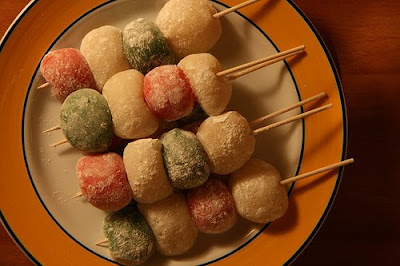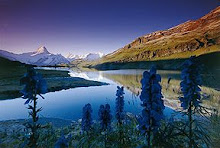
At Piedra Blanca, you have many chances to be a volunteer.
Jobs about ecotourism in Ecuador work conclude many fields:
Biology, somehting about Biodiversity, Ecology, teaching English, Architecture, Education, Chemistry, Tourism Marketing and Project Management and so on.
But the top priorities are that: you have to speak Spanish and have the comprehension of what ecotourism is, how it functions and the ecotourism project.

 Recently, there has been pro-active volunteers getting experience from the ecotourism jobs at Piedra Blanca. Most of them specialize in tourism, sustainable development and project management.
Recently, there has been pro-active volunteers getting experience from the ecotourism jobs at Piedra Blanca. Most of them specialize in tourism, sustainable development and project management.In regard to the part of education, they provided the trip to Ecuador for volunteers.
What volunteers do is to teach English to local guides and school children in Ecuador. At present, there are still many schools in rural villiages needing helps, and they will be joyful to receive your application. Most schools over there has one permanet teacher and some twenty children(5-12age). The requisition for volunteers is that they should be at least 20 years old and speak spanish at thebasic level and stay at least two weeks. The price of accommodation is $10 per day, $3 is a contribution for conservation projects. If you are enthusiastic over such project or ask further question, sent the email to the applicant, volunteer@piedrablanca.org.


Vocabulary:
1. applicant: the person is responsible to application of activities or meeting.
2. sustainability: In a broad sense, it is the capacity to endure. In ecology, the word describes how biological systems remain diverse and productive over time. For humans, it is the potential for long-term maintenance of wellbeing, which in turn depends on the wellbeing of the natural world and the responsible use of natural.
3. accommodation: lodging, place to live in.
4.ecotourism: ecological tourism, it is responsible travel to fragile, pristine, and usually protected areas that strives to be low impact and small scale. It helps educate travelers; provides funds for conservation; directly benefits the economic development and political empowerment of local communities; and fosters respect for different cultures and for human rights. Ecotourism is very important so that future generations can experience the wonder environment we have today.


































